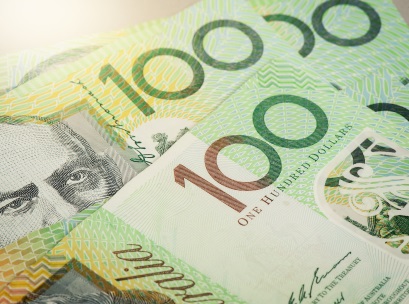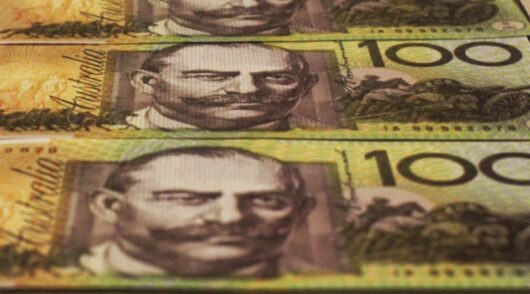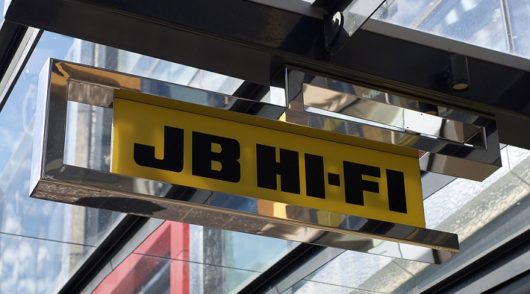 The Australian dollar has fallen Friday, trading at 70.98 US cents from 70.90 US cents on Thursday.
The Australian dollar has fallen Friday, trading at 70.98 US cents from 70.90 US cents on Thursday.
The local currency has tumbled almost 1 per cent to $0.7086 late on Thursday on news China’s northern Dalian port has put an indefinite ban on coal imports from Australia since the start of February.
The ban comes amid simmering tensions between Beijing and Canberra over issues such as cyber security and China’s influence in Pacific island nations. Australia recently revoked the visa of a prominent Chinese businessman, further straining ties.
The Aussie was already on the back foot after a major Australian bank forecast further policy easing despite strong jobs data earlier in the day.
The Aussie dollar initially jumped almost half a cent to 72.07 US cents on Thursday’s labour report, before falling back to 71.55 US cents after Westpac predicted interest rates would be cut in both August and November.
The call on rates was boldly timed given the data showed jobs climbed 39,100 in January, more than twice the market forecast, while full-time employment surged 65,400.
The detail of the report was also robust with the jobless rate at a 7-1/2 year low of 5.0 per cent, underemployment falling and healthy growth in hours worked.
“Arguably full employment has been achieved and the risk is that employers will have to pay more to secure staff,” said Craig James, chief economist at CommSec. “It means the Reserve Bank stays on the interest rate sidelines for an extended period.”
The Reserve Bank of Australia (RBA) has kept rates at 1.5 per cent since mid-2016, but did concede this month that risks for a move either side are now evenly balanced.
RBA Governor Philip Lowe has emphasised that only a significant and sustained rise in unemployment would provoke a cut.
That was exactly what Westpac chief economist Bill Evans predicted in a note to clients on Thursday.
“We have revised down our GDP growth forecasts for 2019 and 2020 from 2.6 per cent to 2.2 per cent,” said Evans.
“With the slower growth profile we now expect to see the unemployment rate lift to 5.5 per cent by late 2019,” he argued. “That makes a strong case for official rate cuts to cushion the downturn and, in turn, meet the RBA’s medium term objectives.”
Westpac was the first of the four major banks to predict a cut. The others see rates on hold out into 2020.
Futures markets were in two minds with the probability of a quarter-point easing this year dipping to 68 per cent after the jobs data, from 80 per cent previously.
It had been as high as 96 per cent at one stage last week.
Across the Tasman, the New Zealand dollar too fell in sympathy to be last down 0.6 per cent at 68.12 US cents, breaking below crucial chart support at 68.15.





